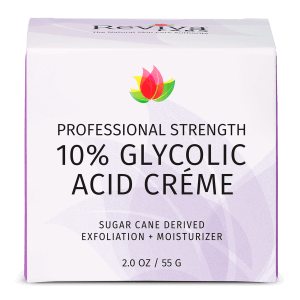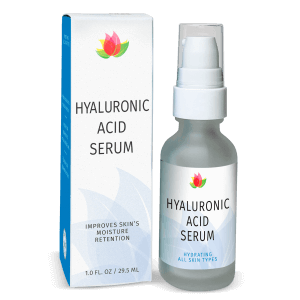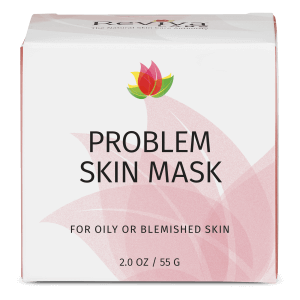Skin Care
Understanding the Fitzpatrick Phototyping Scale: Benefits and Limitations
In the world of dermatology and skincare, the Fitzpatrick Phototyping Scale has emerged as a pivotal tool. Developed in 1975 by Thomas B. Fitzpatrick, a Harvard dermatologist, this scale classifies skin types based on their response to ultraviolet (UV) light. This classification plays a crucial role in determining the right skincare treatments and products, guiding both consumers and professionals in making informed decisions.
The Advantages of the Fitzpatrick Phototyping Scale
One of the major strengths of the Fitzpatrick Scale is its simplicity and ease of use. By categorizing skin types into six distinct categories based on their tendency to tan or burn, it provides a quick and straightforward way for individuals to understand their skin’s sensitivity to the sun. This understanding is essential for effective sun protection, crucial in preventing skin cancer and premature aging.
Moreover, the Fitzpatrick Scale is invaluable in cosmetic procedures. It helps dermatologists and skincare professionals in assessing the risk of post-inflammatory hyperpigmentation and scarring. Such assessments are vital when considering treatments like laser therapy, chemical peels, or other dermatological procedures, ensuring a higher success rate and patient satisfaction.
Challenges and Limitations
Despite its widespread use, the Fitzpatrick Scale is not without its limitations. One of the primary concerns is its oversimplification of skin types. While useful as a general guide, it does not account for the vast diversity of skin tones and types. This limitation can lead to inaccuracies, especially for those with mixed ethnic backgrounds, whose skin may react differently to UV exposure than the scale predicts.
Additionally, the scale’s focus on reaction to UV light omits other crucial factors affecting skin health and response to treatment, such as genetic factors, age, and environmental influences. This omission can sometimes lead to a less holistic approach to skincare and dermatology.
A Tool Among Many in Skincare
In conclusion, while the Fitzpatrick Phototyping Scale is a useful tool in understanding skin’s reaction to UV light, it should be used in conjunction with other assessments for a more comprehensive understanding of an individual’s skin. Its simplicity and ease of use make it a valuable resource, but its limitations must be acknowledged to ensure the best care and treatment for all skin types.
References:
- Fitzpatrick, T. B. (1975). “Soleil et peau” [Sun and skin]. Journal de Médecine Esthétique.
- American Academy of Dermatology Association: Understanding Your Skin Type
- Skin Cancer Foundation: The Fitzpatrick Skin Type Classification System
- The Ins and Outs of the Fitzpatrick Phototyping Scale, Skin Inc.












